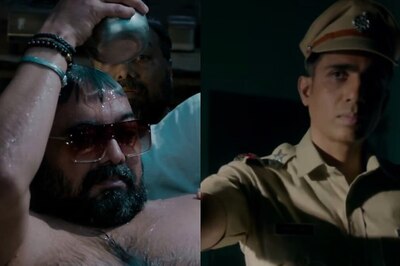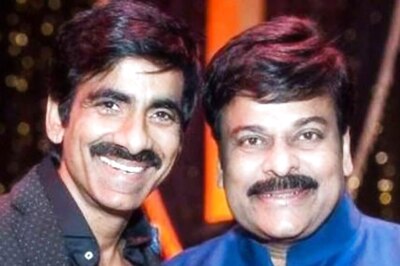
views
Markus Heinsdorff is a ridiculously energetic man, especially when the Chennai sun is beating down with all its fury in the afternoon. Perhaps it’s the fact that he is among his ‘pavillions’ that brings out the best in him. “This heat is not too bad, ja?” he asks with a typical German tilt in his voice. Apparently having worked in Shanghai prior to landing up in India, helps in getting used to the heat and humidity of the land.
His excitement is evident as he takes us around the mammoth structures that are taking shape at the YMCA grounds. The designer of all the pavillions., Markus says that all the shapes were modelled around Indian gemstones. “For the last five years I have been researching and innovating with building urban spaces that can be moved, reconstructed or redesigned,” he explains, adding that most of the pavillions he creates are eco-friendly - they incorporate jute, rice-straw and a flexible membrane.
What is the point of these shamiana type tents that will house displays during the mela? “This is an idea that could become the future,” he says majestically, “We are always talking about making our cities more natural and sustainable, so this is a step in that direction,” he adds. Will they ever replace houses? Not likely, but not out of the question, he laughs. This project is all about temporary architecture..
Formerly an award winning artist and sculptor, Heninsdorff says that the inner structure is a set of poles and rods that are attached together to a focal point, “much like a circus tent with a big top”. The reason that he got into erecting the tents himself was because engineers told him it was “impossible” when he showed them sketches of his idea. “As you can see It’s quite possible,” he says with a wide grin.
Stepping close to one of the ‘tents’, it is evident that the planning is ingenious, “Indians love cotton and so do I,” he says, “But I could not use it to make the outside of the tent, because it gets wet in the rain and fades in the sun,” he explains. So after a lot of searching in India, he hit upon the idea of using a flexible membrane (the stuff that banners are printed on) to complete the two-walled pavillions. Not only does the stuff let natural sunlight in during the day, it also absorbs light from lamps from inside, exuding a radiant carnival-like luminescense at night, “And they keep the a/c cooling inside and the heat and rain outside, so it’s perfect,” he says.
Perhaps people who are planning an outdoor wedding could take a leaf out of the German’s book of notes?



















Comments
0 comment